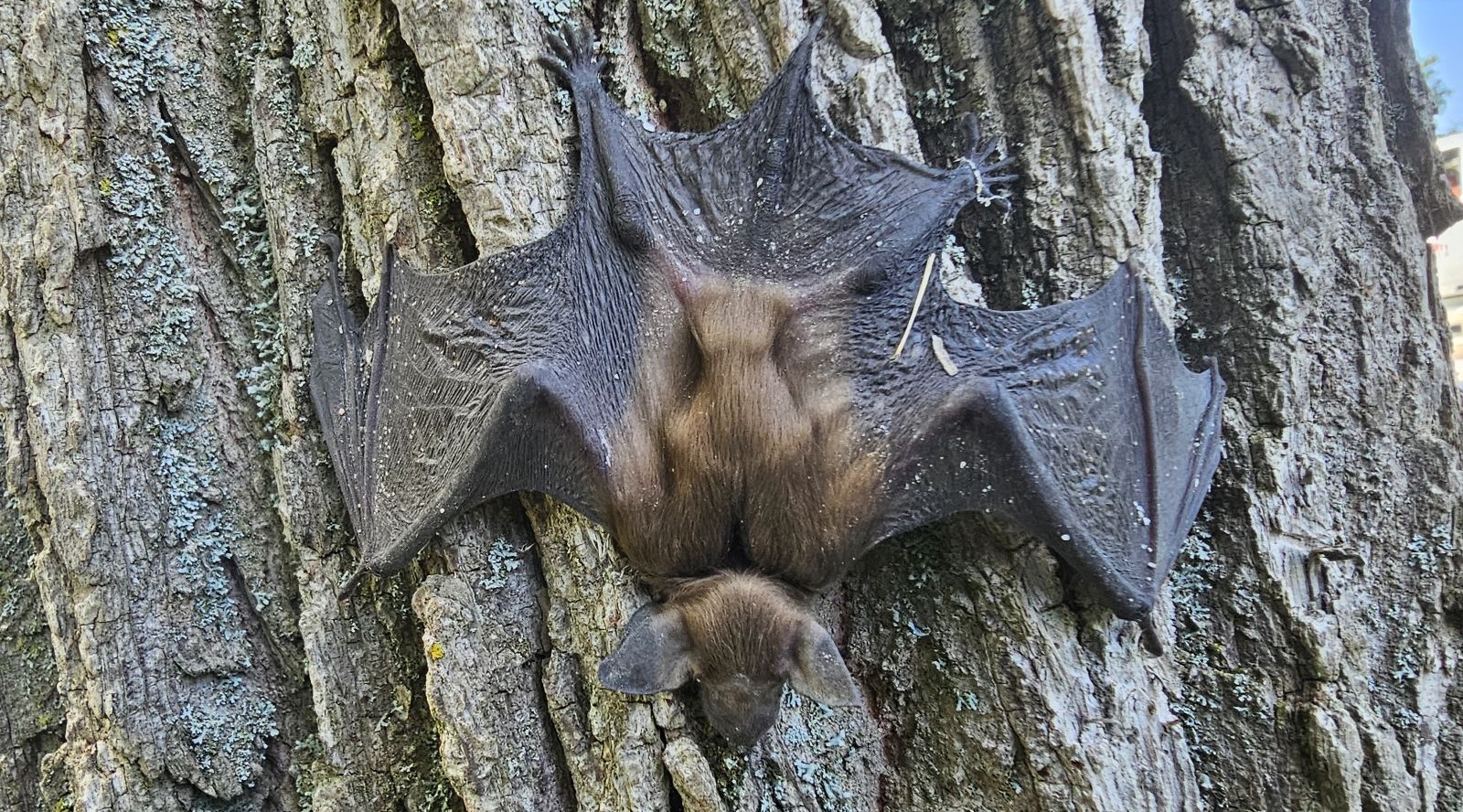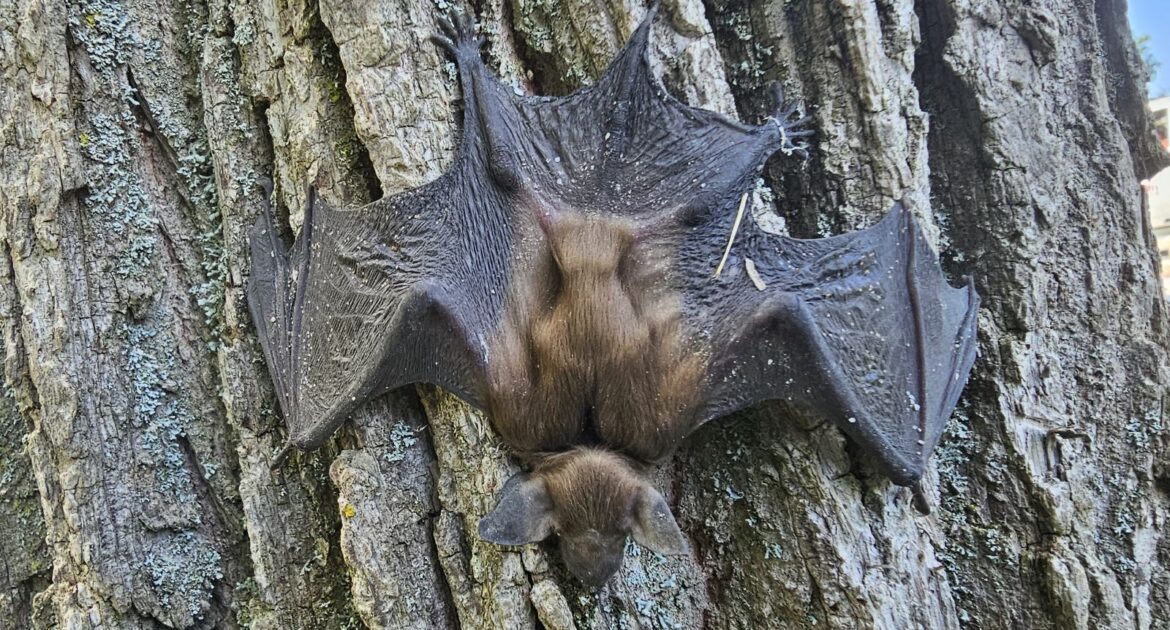Here in Madison, Wisconsin, we’re lucky to share our surroundings with some incredible wildlife—including bats. These often misunderstood creatures are more helpful than most people realize. They play a vital role in our ecosystem, controlling pesky insect populations and even assisting with pollination. But while their contributions to nature are amazing, you probably don’t want bats living in your attic or chimney.
The good news? You can support bat conservation while ensuring your home remains bat-free. With the right steps—and a little help from professionals—you can keep bats safe and your living spaces secure. Here’s how to strike the perfect balance.
Why Bats Matter
Bats are true unsung heroes of nature. Ever enjoyed a mosquito-free summer evening by the lake? Thank a bat! These flying mammals feast on countless insects every night, cutting down populations of mosquitoes, moths, and other pests. This natural insect control reduces the need for pesticides and even helps protect crops.
But insect control isn’t their only superpower. Bats are also pollinators and seed spreaders. They support plants like bananas, mangoes, and agave (yes, they indirectly support tequila!). Unfortunately, bats are facing serious challenges, such as habitat loss and white-nose syndrome—a fungal disease that has devastated populations across North America.
By protecting bats and giving them safe alternatives away from your home, we can help their populations thrive. And don’t worry—you don’t have to give your attic up to do so!
Why Bats in Your Home Are a Problem
Bats are drawn to warm, quiet shelter, much like your attic or chimney. But even a small bat roost can quickly lead to major issues.
Health Hazards
Bat droppings, or guano, can accumulate quickly in shared spaces and pose serious health risks for your family due to the potential spread of harmful fungi or parasites.
Property Damage
Beyond guano, bats may create stains or odors and could displace insulation in your attic. Their presence can invite other pests that feed on bat droppings, compounding the problem.
If left unchecked, a few bats can quickly turn into a colony, making removal more complex. Acting early to resolve the situation is best for both your home and the bats themselves.
Why DIY Bat Removal Isn’t the Answer
It can be tempting to try DIY solutions like sealing up entry points or using repellents, but these approaches often backfire. Why?
- Sealing up holes without a proper plan can trap bats inside, separating them from their colony and causing distress—or worse.
- Many over-the-counter repellents are simply ineffective.
- Some DIY methods can unintentionally harm bats, which is inhumane and may even be illegal since bats are protected species in many areas.
The key to humane bat removal is understanding their behavior and using tested ethical strategies.
Humane Bat Removal with Skedaddle
When it comes to removing bats, working with professionals is the safest and most effective choice. At Skedaddle, we prioritize humane wildlife practices, ensuring both your family and the bats are protected.
How We Do It:
- Inspection and Entry Point Identification: Our team thoroughly inspects your home to locate the entry points and bat activity areas.
- One-Way Doors: These clever devices allow bats to exit your home while preventing them from coming back in. It’s stress-free for the bats and ensures complete removal.
- Sealing Entry Points: Once the bats have left, we seal all potential access points to keep them from returning.
With this approach, we ensure bats are safely removed and can continue their vital role in the ecosystem.
How to Keep Bats Out While Helping Them Thrive
Want to support bats without sharing your living space? Here are some ways you can help.
1. Build a Bat House
Bats often invade homes because they’re running out of natural roosting spots like tree hollows. A bat house provides a safe alternative.
You can purchase or build a bat house yourself. Just make sure to place it at least 10–15 feet high in a location with plenty of direct sunlight and away from frequent disturbances. Bat houses help create a win-win situation by offering these animals the shelter they need without them moving into your attic.
2. Grow a Bat-Friendly Garden
Encourage bats to visit your yard by planting a garden that attracts their favorite food—night-flying insects. Choose native plants like evening primrose or wild bergamot to entice moths and other bugs. Your garden will not only help bats but may also attract bees and butterflies during the day!
3. Seal Your Home Properly
The best defense against unwanted bat visitors is a bat-proof home. Inspect areas like your roofline, attic vents, eaves, and chimney for gaps or cracks where bats could sneak in.
This critical step can be tricky—sealing too early can trap bats inside, and climbing onto your roof can be dangerous. That’s why it’s best to enlist professionals like Skedaddle to do a thorough inspection and implement safe, effective exclusion strategies.
Why Professional Help is Essential
Bat removal requires expertise. Without the right tools and knowledge, even well-meaning efforts can harm bats or leave your home vulnerable to reinfestation.
At Skedaddle, we focus on humane bat removal and long-term prevention. Our trained technicians understand the needs of bats and homeowners alike, creating solutions that work for both.
The Skedaddle Difference:
- Humane techniques, protecting bats and following local laws.
- Expert sealing and exclusion methods to bat-proof your home.
- Knowledgeable advice on supporting local bat populations responsibly.
A Balanced Approach
Bats are incredible creatures that help maintain the balance of nature. Through simple actions like building a bat house, creating a bat-friendly garden, and using humane bat removal methods, you can support these animals without sacrificing your home’s safety.
If you’re dealing with bats or want to bat-proof your home, trust Skedaddle for professional, humane solutions. Contact us today to learn how we can help you protect your home while contributing to bat conservation. Together, we can make a big difference in helping these flying mammals thrive—without letting them take over your attic!
FAQ’s
How can I tell if there are bats in my home?
Bats often leave clues behind. You might hear scratching or rustling noises in your attic, notice droppings (guano) near entry points, or even spot them flying near your home at dusk. If you suspect bats have moved in, it’s best to call a professional for a thorough inspection.
Can’t I remove bats from my home myself?
DIY bat removal often causes more harm than good. Improper methods can injure bats, trap them inside, or lead to health risks from exposure to guano. Professional removal ensures a humane, effective, and safe process for both you and the bats, using techniques like Skedaddle’s one-way doors.
How can I keep bats from coming back?
The key to preventing a bat return is sealing off all potential entry points like cracks or gaps in your roof, attic, or chimney. Skedaddle specializes in bat-proofing homes, using exclusion techniques to block access while protecting the bats and your property. Regular maintenance is essential to keep your home secure.




